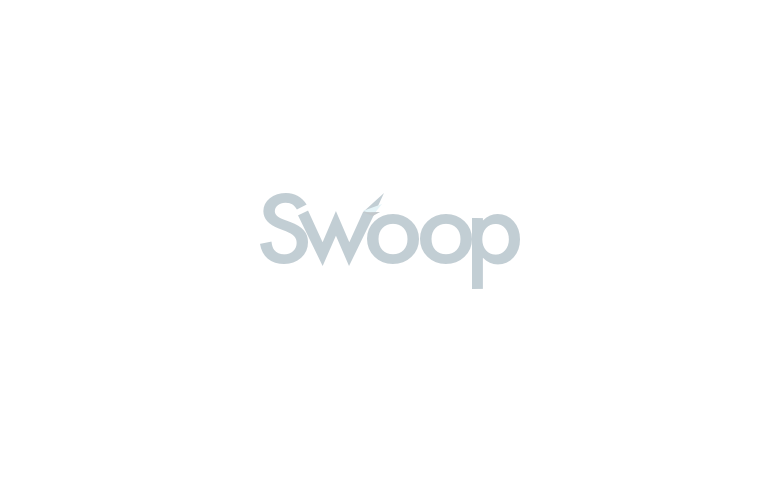Definition
Quick assets, also known as liquid assets or current liquid assets, refer to a company’s most readily convertible and easily marketable assets into cash within a short period, typically within one year or less.
What are quick assets?
They are a subset of current assets.
The main components of quick assets typically include:
- Cash: This is the most liquid asset, representing physical currency and funds held in bank accounts.
- Cash equivalents: These are highly liquid investments that are easily convertible to known amounts of cash and have a short maturity period
- Accounts receivable: These are amounts owed to a company by customers for products or services that have been delivered but not yet paid for.
Quick assets are essential in assessing a company’s liquidity and ability to meet its short-term obligations.
Example of quick assets
Company XYZ’s balance sheet shows the following assets:
- Cash: $50,000
- Marketable securities: $30,000
- Accounts receivable: $20,000
- Inventory: $40,000
- Prepaid expenses: $10,000
To calculate the quick assets, we exclude inventory and prepaid expenses since they are not easily convertible into cash:
Quick assets = $50,000 + $30,000 + $20,000 = $100,000
In this example, Company XYZ’s quick assets total $100,000, which represents the amount of assets that can be quickly converted into cash to meet short-term obligations or unexpected expenses.







 yet? Register here!
yet? Register here!